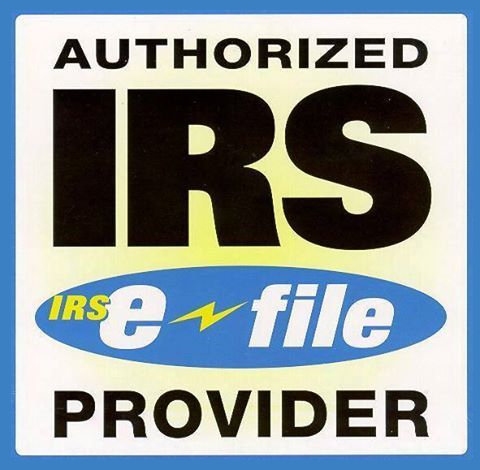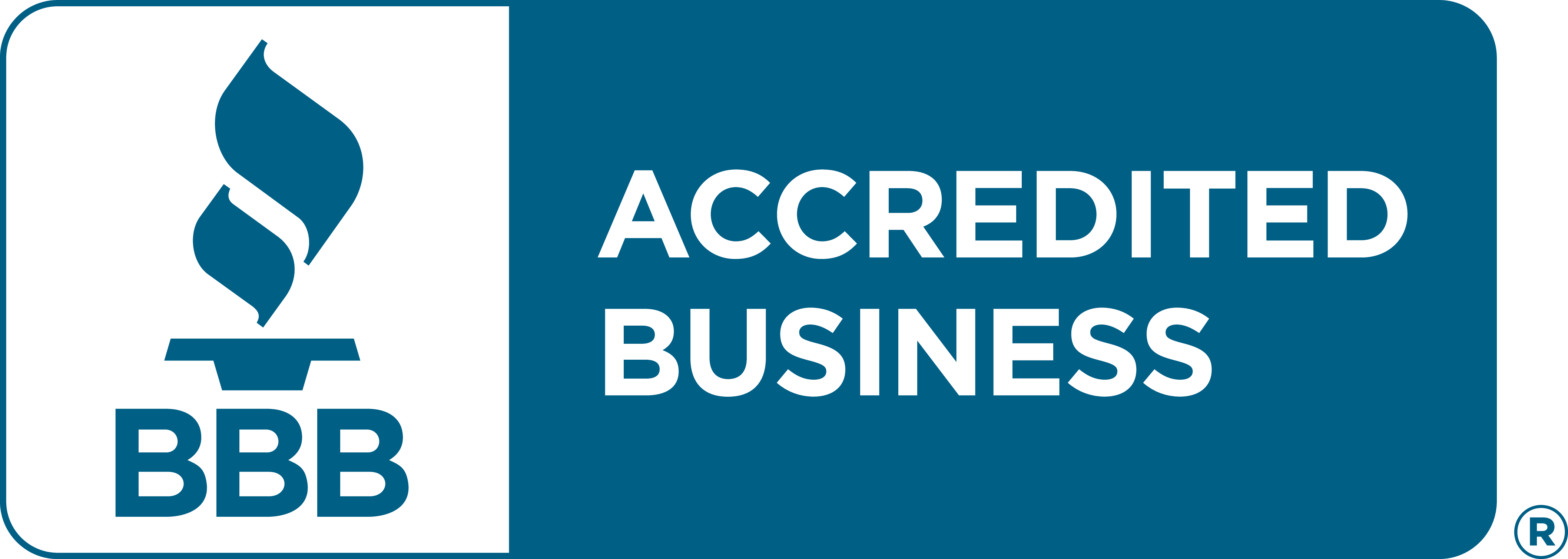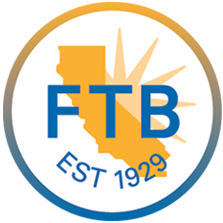Form 1120-S vs. Form 1120
Excise Tax Forms
Employment Tax Forms
Information Returns
Exempt Org. Forms
Extension Forms
FinCEN BOIR
General
Corporations in the United States file annual tax returns with the IRS using either Form 1120-S or Form 1120, depending on their tax classification. While they share some similarities as federal corporate returns, their uses, rules, and implications differ significantly.
- Form 1120-S is exclusively for S Corporations (S Corps). These entities elect pass-through taxation, sending profits and losses directly to shareholders without federal tax paid at the corporate level.
- Form 1120 is for C Corporations (C Corps), which are standard business entities and pay corporate income tax directly; profits distributed to shareholders are taxed again as dividends (creating double taxation).
What is Form 1120-S?
Form 1120-S is the federal income tax return filed annually by corporations that have elected S Corporation (S Corp) status by submitting Form 2553 to the IRS.
- S Corp features:
- Income, deductions, credits, and other tax items ‘flow through’ to shareholders, who report on their personal returns.
- Corporate earnings are not taxed at the business level (no double taxation), avoiding the corporate-level tax C Corps face.
- Shareholders receive Schedule K-1 forms showing their share of the business’s income, losses, deductions, and credits to be reported on their personal 1040s.
- Pass-through losses can potentially offset other personal income, subject to basis and at-risk rules.
- Eligibility requirements: Must be a domestic entity, have only allowable shareholders (individuals, certain trusts, and estates), no more than 100 shareholders, and only one class of stock. All shareholders must be U.S. citizens or residents.
File your Form 1120-S with TaxZerone — secure, accurate, and IRS-authorized.
Benefit from automatic Schedule K-1 generation, error checks, and expert support, all designed to simplify your S Corporation tax return.
What is Form 1120?
Form 1120 is the annual federal corporate income tax return for C Corporations (standard corporations not electing S status).
- C Corp features:
- The corporation is a separate tax-paying entity; it pays federal corporate tax directly on its taxable income.
- Profits distributed to shareholders as dividends are taxed again at the personal level, producing “double taxation”.
- There are no restrictions on ownership—C Corps can have unlimited shareholders, including non-U.S. individuals and other entities.
- No pass-through of losses; corporate losses remain within the entity—only offsetting future or prior years’ corporate income (subject to carryback/carryforward provisions).
- Only Form 1120 is filed annually; shareholders do not receive a Schedule K-1.
Major Differences Between Form 1120-S and Form 1120
| Feature | Form 1120-S (S Corp) | Form 1120 (C Corp) |
|---|---|---|
| Taxation | Pass-through: Income/losses reported by shareholders | Double taxation: Corporation pays tax; shareholders taxed again on dividends |
| Ownership | Limited to 100 shareholders; all must be U.S. persons | No restrictions; unlimited shareholders (U.S. and foreign) |
| Filing Forms | 1120-S + Schedule K-1 for each shareholder | Only Form 1120 |
| Losses | Can pass through to shareholders (limits apply) | Remain in the corporation; only usable by entity |
| Stock | Only one class of stock allowed | Multiple classes of stock allowed |
| Eligible Entities | Can pass through to shareholders (limits apply) | Remain in the corporation; only usable by entity |
| Foreign Shareholders | Not permitted | Permitted |
Eligibility Requirements for S Corporations (Form 1120-S)
To file Form 1120-S, a corporation must meet strict IRS criteria, including:
- Being a domestic corporation or LLC electing to be treated as a corporation for tax purposes.
- It can have only allowable shareholders:
- Individuals (U.S. citizens or resident aliens), certain trusts, and estates.
- Partnerships, corporations, and nonresident aliens cannot be shareholders.
- Limiting the number of shareholders to 100.
- Issuing only one class of stock.
- All shareholders must be U.S. citizens or legal residents.
- All shareholders must consent to the S Corporation election by signing Form 2553.
Failure to meet these requirements disqualifies the company from S Corporation status, mandating Form 1120 filing instead.
Sources:
Taxation: Pass-Through vs. Double Taxation
- S Corps (1120-S): All corporate income is passed through to shareholders. Shareholders report profits and losses directly on their personal returns. This avoids corporate-level taxation and potential double taxation.
- C Corps (1120): The corporation pays federal tax on profits. If those profits are distributed as dividends to shareholders, they are taxed again at the individual level, creating double taxation. Retained earnings within the C Corp are taxed only once.
Reporting and Filing Requirements
S Corporations:
- File your Form 1120-S annually with the IRS easily on TaxZerone’s secure and IRS-authorized platform.
- Prepare Schedule K-1 for each shareholder to report individual shares of income, deductions, and credits.
- File additional state returns if required.
C Corporations:
- File only Form 1120 for federal tax reporting.
- May file separate state and local corporate tax returns depending on business location.
Loss Deduction Rules
- S Corp shareholders can potentially use their portion of company losses to offset other sources of personal income, but the ability to claim losses is subject to limitations like basis, at-risk, and passive activity rules.
- C Corps cannot ‘pass through’ losses. Losses are only deductible at the corporate level and can be carried forward or back following IRS rules.
Determining Which Form to File
Choose Form 1120-S if:
- The company is eligible for S Corp status.
- Pass-through taxation is preferred, to avoid double taxation and maximize the use of corporate losses at the shareholder level.
- The company plans to distribute profits and keep ownership among a limited number of U.S. individuals.
Choose Form 1120 if:
- Corporate ownership, flexibility in attracting investors, foreign shareholders, or multiple classes of stock are priorities.
- The company expects to retain and reinvest profits (reducing or deferring dividend taxation for shareholders).
- Ownership will exceed 100 shareholders or include non-U.S. persons/entities.
File Your Corporate Tax Return Effortlessly
Ensure your corporation’s tax filing matches your business structure, growth plans, and investor strategy. Reviewing eligibility and tax implications is essential for making the best choice—and filing the correct form helps you avoid costly errors and maximize tax advantages.












